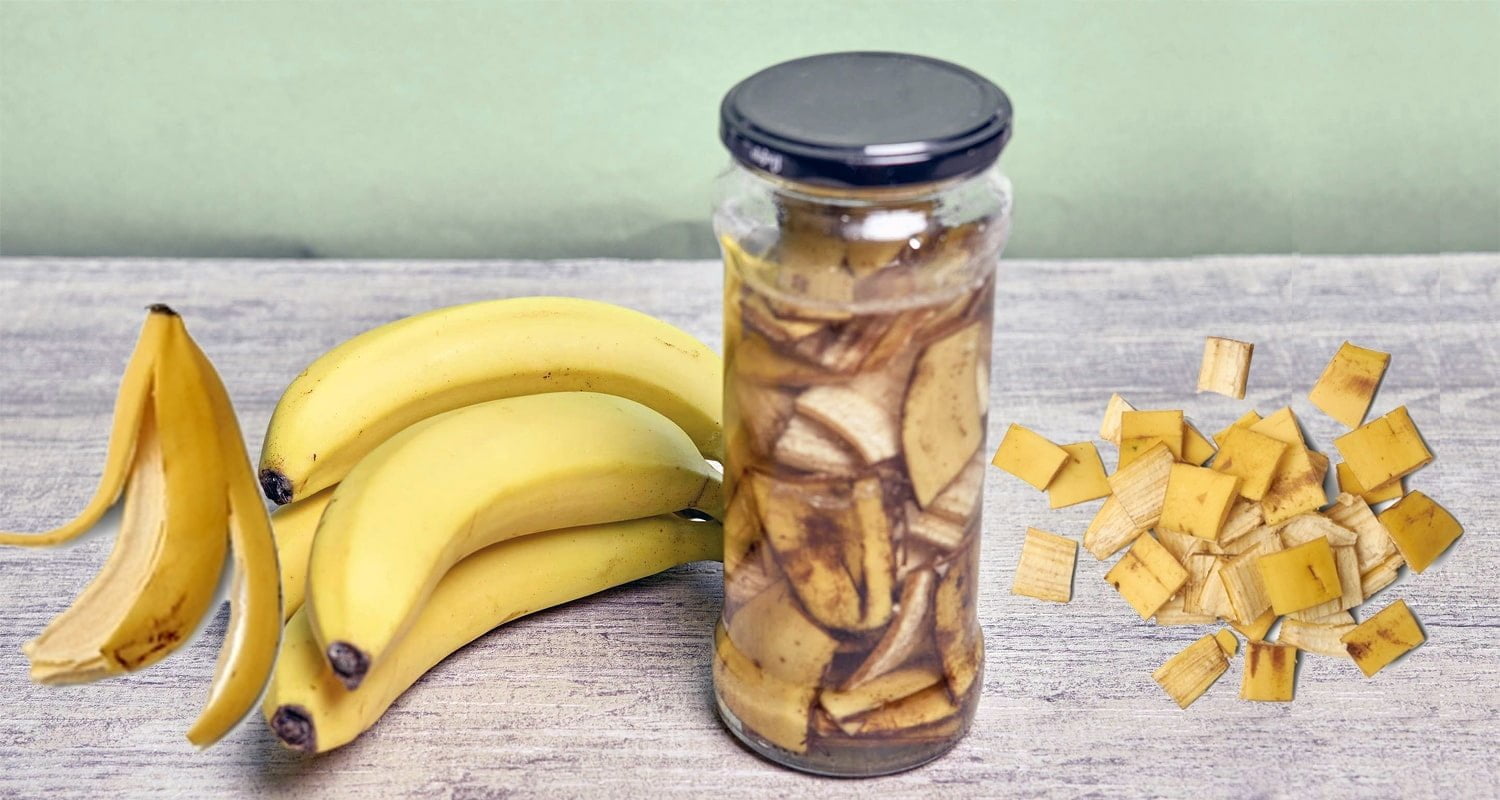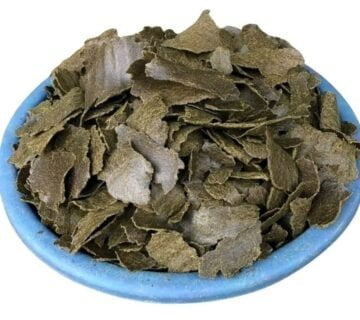Banana Peel Fertilizer
Banana peels are one of the easiest and most accessible organic fertilizers that you can use for houseplants and garden plants. Often tossed in the trash, banana peels are actually a rich source of nutrients that plants love. By composting or directly applying banana peels, you can nourish your plants in a natural and low-cost way.
In this in-depth guide, we’ll explore the nutritional benefits that banana peels provide to plants and how to use them effectively as fertilizer. You’ll learn the science behind what makes banana peels such a valuable addition to any garden or houseplant care routine. We’ll also address potential problems and limitations to be aware of. By the end, you’ll be fully equipped to start recycling your banana peels and watching your plants thrive in response to this tasty treat.
- Nutrient Content
Banana peels contain a mixture of nutrients that are highly beneficial for plant growth. Some of the key components include:
- Nitrogen (N): Banana peels boost nitrogen levels in soil to support chlorophyll production and overall plant metabolism.
- Phosphorus (P): Banana peels aid root development and fruit/flower formation.
- Potassium (K): Banana peels are an excellent source of potassium, containing around 400mg per 100g of peels. Potassium is essential for cell growth, photosynthesis, and water movement in plants.
- Magnesium (Mg): This micronutrient plays a role in chlorophyll production and enzyme reactions within plants.
- Trace minerals: Elements like calcium, zinc, copper and manganese are present in small amounts but still important for plant physiological functions.
This balanced nutritional profile makes banana peels a viable organic fertilizer that can be incorporated into any plant fertilizing routine. The nutrients are slowly released into the soil as peels decompose.
The approximate NPK (nitrogen-phosphorus-potassium) values of banana peel are:
- Nitrogen (N): 1%
- Phosphorus (P): 0.1-0.2%
- Potassium (K): 1-2%
The exact NPK ratios can vary slightly depending on the banana variety and ripeness. But generally speaking, banana peel offers a balanced mix of all three primary macronutrients that plants need. It is especially rich in potassium.
Banana peel breaks down slowly when used as a fertilizer or compost amendment. This allows for a steady, prolonged release of nutrients into the soil over time. Peels contain additional micronutrients as well that support plant growth. Use of banana peel can help boost NPK levels organically in garden beds or houseplant pots.
- Benefits
Organic: Banana peel fertilizer is an organic and natural way to provide nutrients to plants without using synthetic chemicals.
Cost-Effective: It’s a cost-effective way to recycle kitchen waste and improve soil fertility.
Micronutrients: In addition to NPK, banana peels may contain various micronutrients beneficial for plant growth.
- Various methods for making fertilizer from banana peels
Composting: Ensure that the onion peels are properly composted or decomposed to avoid any potential issues with plant growth.
Moderation: Use onion peel fertilizer in moderation to prevent over-fertilization, which can harm plants.
- Plants that LIKE banana peel fertilizer
Many indoor and outdoor potted plants can benefit from banana peel fertilizer.
Roses: Banana peels are a great natural source of potassium, which promotes healthy flower and fruit production. Roses, in particular, appreciate the potassium boost provided by banana peel fertilizer.
African violets
Orchids (some varieties, with caution)
Peace lilies
Geraniums
Begonias
Christmas cacti
Poinsettias
Bromeliads
Impatiens
Cyclamens
Jasmine
Hibiscus
Anthuriums
Kalanchoes
Hydrangeas (indoor varieties)
Ferns
Sunflowers
Geraniums
Marigolds
Dahlias
Herbs: Herbs like basil, parsley, and mint can thrive with the help of banana peel fertilizer. The nutrients released from the peels can contribute to robust growth and enhanced flavor.
These flowering houseplants can benefit from the nutrients provided by banana peel fertilizer. Remember to use the fertilizer sparingly and adjust the frequency of application based on the specific needs of each plant. Monitor the plants closely for any signs of overfertilization and adjust accordingly.
- Plants to be CAUTIOUS with banana Peel fertilizer
While banana peel fertilizer can be beneficial for many plants, there are a few plants for which caution should be exercised when using it:
Acid-Loving Plants: Plants that prefer acidic soil conditions, such as azaleas, rhododendrons, and blueberries, may not respond well to banana peel fertilizer. Banana peels have a higher pH level and can potentially raise the pH of the soil, making it less suitable for acid-loving plants. It’s best to avoid using banana peel fertilizer on these plants or monitor the pH levels closely if you choose to use it.
Succulents and Cacti: Succulents and cacti are known for their ability to thrive in low-nutrient environments. The rich nutrient content of banana peel fertilizer may be too potent for these plants, leading to issues like root rot or overfertilization. It’s advisable to avoid using banana peel fertilizer on succulents and cacti and instead opt for a specialized fertilizer formulated for these plants.
Orchids: While some plants in the orchid family may benefit from banana peel fertilizer, it is generally recommended to exercise caution. Orchids have specific nutrient requirements, and the high nutrient concentration in banana peel fertilizer may not be suitable for all orchid varieties. It’s best to consult orchid care resources or experts to determine the appropriate fertilizer for your specific orchid species.
Carnivorous Plants: Carnivorous plants, such as Venus flytraps and pitcher plants, have adapted to nutrient-poor environments and derive their nutrients from capturing insects. Adding banana peel fertilizer to their growing medium may disrupt their delicate nutrient balance and potentially harm these unique plants. Stick to their specialized nutrient needs rather than using banana peel fertilizer.
Remember, every plant has specific requirements and preferences. If you’re unsure about using banana peel fertilizer on a particular plant, it’s always best to do some research or seek advice from gardening experts to ensure the best care for your plants.
- Precautions
Composting: Ensure that the banana peels are properly composted or decomposed to avoid any potential issues with plant growth.
Moderation: Use banana peel fertilizer in moderation to prevent over-fertilization, which can harm plants.
Avoid diseased or pesticide-laden peels: Avoid using banana peels that are diseased or have been treated with pesticides. These can introduce harmful substances or pathogens into the compost or the soil where the fertilizer is applied.
- Other Uses
Soil Conditioning: The organic matter in banana peels can help improve soil structure and water retention.
- Reduced Waste
By using banana peels that would have otherwise been thrown away, you can reduce waste and contribute to a more sustainable environment.
- Eco-Friendly
Banana peel fertilizer is an organic and eco-friendly option, making it a great alternative to chemical fertilizers that can harm the environment.
- Research
While there is anecdotal evidence supporting the use of banana peel fertilizer, scientific research on its effectiveness may be limited. It’s always a good idea to combine various organic materials for a balanced nutrient profile.
Remember that the effectiveness of any fertilizer, including banana peel fertilizer, can vary based on soil conditions, plant types, and other environmental factors. Always monitor your plants and make adjustments as needed.



No comment